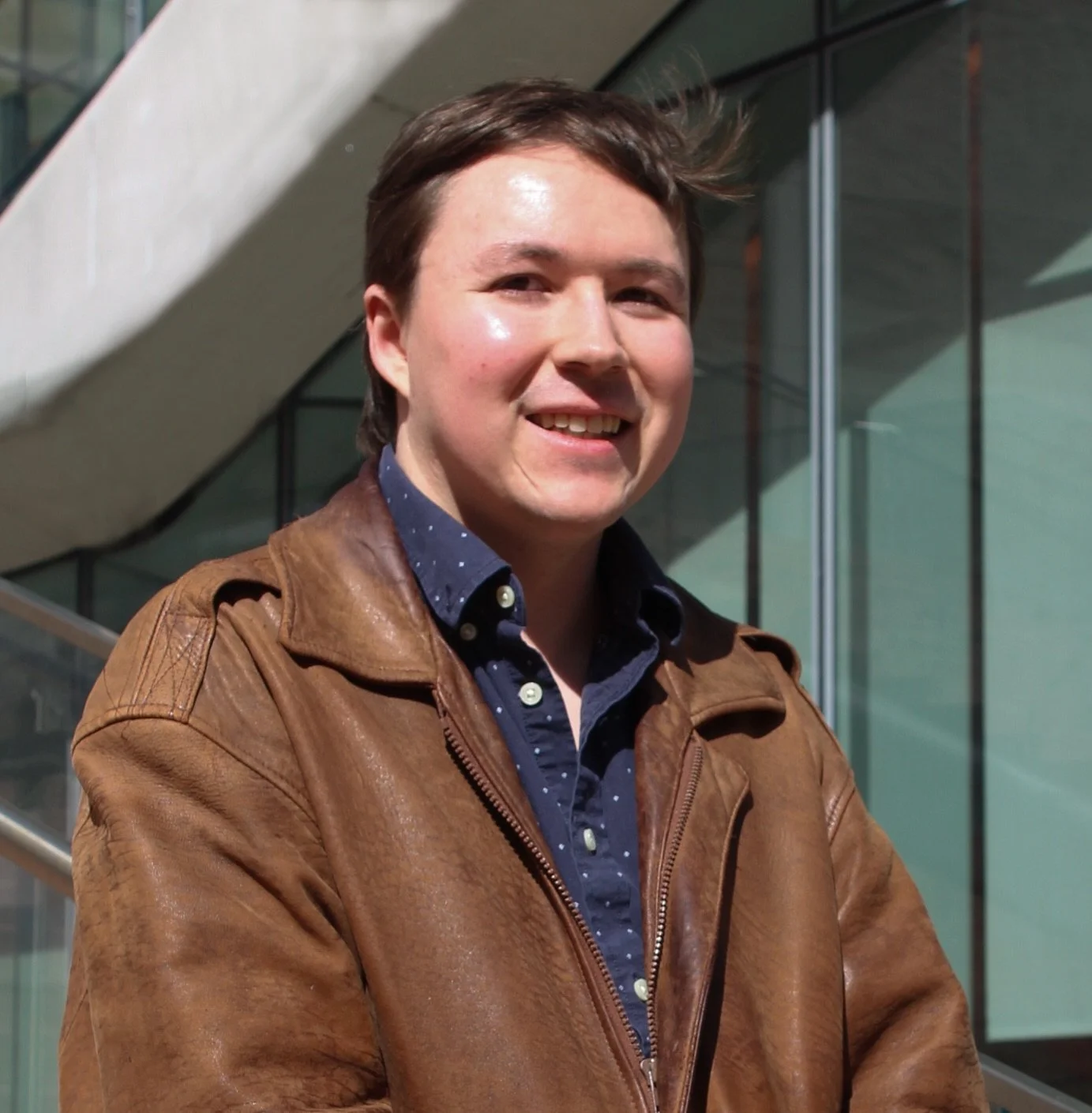Building highly reliable health and humanitarian organizations
What’s high reliability, and what does it mean for my organization?
The U.S. spends $4.9 trillion on healthcare annually, or 17% of GDP. Despite this level of investment, many people do not receive the intended benefit or outcome from their care. They may recieve care that is not timely, inapporpriate, fails to include recommended evidence-based treatments or screenings, or includes preventable errors.
Globally, nearly $50 billion is spent on humanitarian programs each year. Humanitarian organizations aim to deliver needed support to societies experiencing crises that are beyond their normal coping mechanisms. However, many humanitarian programs do not achieve their intended outcomes, owing to interventions that are not rigorously evaluated, duplication and waste, or even exploitation and abuse by staff.
This is where high reliability organizations come in. The Agency for Healthcare Research and Quality defines high reliability organizations (HROs) as “organizations that operate in complex, high-hazard domains for extended periods without serious accidents or catastrophic failures.” While the term originates from fields like aviation and nuclear safety, the benefits of achieving high reliability in health and humanitarian organizations is clear.
Becoming highly reliable involves practices like operational standardization and quality improvement, but also a committment to a particular organizational culture, where speaking up is valued and failures are learned from.
About me
With six years of experience in research, and quality improvement, I seek out the problems and strategic risks that hold your organization back from delivering on its mission and for its clients.
My approach:
Listen, then ask thoughtful questions: sometimes an outside perspective can provide new insights, but only after understanding enough context around the problem to ask questions that get closer to root causes.
Integrate the model for improvement: the model for improvement (MFI) seeks to define a problem and surface/test solutions through Plan, Do, Study and Act cycles.
Use systems thinking: diagramming a problem as a complex system may help surface unseen linkages, understand unintended consequences and consequences of fixes, and visualize the “bigger picture” or context where the challenge resides.
Conduct deep research: healthcare and humanitarian systems are built on a wealth of literature. Returning to the literature through desk reviews or more complex analyses can identify what we know about an issue, and also with what degree of certainty we know it, as well as identifying gaps that could be filled by future research.
Go see it: often there’s no substitute for observing a process, where and when it takes place. Direct observation by a person who is not a supervisor or manager is a critical element in many process improvement initiatives. I rarely walk away from one without having learned something new.
Some things I’ve done:
Built tools used by the World Bank to prevent and respond to child sexual exploitation and abuse (CSEA) in their global operations
Contributed to WeProtect Global Alliance’s Global Threat Assessment 2025, the critical analysis that 350 technolgy firms and civil society organizations rely on to understand risks and trends in CSEA online
Helped a federally-qualified health center go from zero to over 50% telehealth during the Covid-19 pandemic
Set up a self-sample collection hrHPV cervical cancer screening program for a population of women experiencing homelessness with very low screening rates in standard care
Helped a street medicine program grow and improve training through an education needs assessment and a standardized curriculum for residents
Contact me
If you’re interested in collaborating, please provide your contact details, and I will be in touch soon. I look forward to connecting with you!

